Bolt Action: Third Edition has had the Warlord offices abuzz for quite some time, with many planning and preparing by updating and expanding their collections, or starting a whole new one from scratch! Studio Painter Andrés is of the latter camp, gradually building an all-new, and typically spectacular, force based upon the Spanish Blue Division.
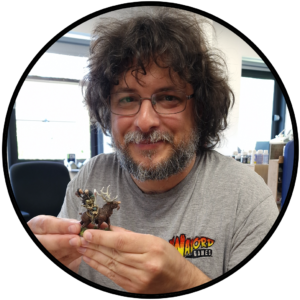
Andrés: When 3rd Edition was announced, and excitement was rolling through the Warlord Games Studio, I did not hesitate in planning a new force. It’s the kind of thing I love to do – a project with a specific end goal in mind that keep me focussed enough to see it finished, with the added bonus of being able to play some games with the new ruleset!
For my subject, I chose to prepare a new force based on the Spanish Blue Division (Blaue Division), known in Spain as the Spanish Division of Volunteers (Division Española de Voluntarios) or the 250 Infanterie-Division in Germany. I am aiming to do as many Spanish forces across as many historical periods as I can, so when I’m finished with this force I’m going to switch sides and do some Allied Spanish in the form of 9th Company “La Nueve”, from the Division Leclerc.
However, I wanted to tackle the Blue Division first as it was a full division, and it would give me more options than just a company would. The Blue Division was an infantry division with the support of other Wehrmacht divisions sporting tanks and artillery. I’ll not use this space to talk too much about the history – check out this article from the Warlord archives for that, or any of a wealth of very good books from the likes of Osprey Publishing by Carlos Caballero Jurado; if you can read Spanish there are even more options covering everything from the army organisation to the veterinaries and the horses they used!
Building & Converting
Because many of the biggest and well-known battles in which they fought were in the very harsh Russian winter, I opted for winter clad German miniatures, as well as using some Soviet bodies as a base for conversions.
Since the Blue Division was German, it was issued with much the same equipment carried by other units of the Wehrmacht, so there wasn’t much need for conversions. Warlord also make a set of decals specifically for the Spanish Blue Division, which is handy! I made use of heads, bread bags, canteens and other components from across all the German plastic infantry kits available – Blitzkrieg Germans, Grenadiers, Fallschirmjäger, Afrika Korps, Winter Grenadiers, and the brand-new winter Fallschirmjäger. Most of these were bits left around from prior projects – I wanted as much variety as possible; thanks to all these compatible kits, the kit-bashing was a joyful task. Using a sharp blade, I shaved a small rectangle in all the fur hats, creating a shape on which I could paint the Blue Division’s Falange badge. I also cut hands from some of the arms and swapped them for others carrying mines, stick grenades and pistols. One of the NCOs (red beret in the photo) is actually from the French plastic sprue. Representing a Falangist, that refused to remove their beret – it’s a nice aesthetic detail that adds a colour highlight to the unit. All relatively simple things to do – for a bit more variety I even painted some moustaches and unkempt beards on some of the faces.
For the engineers, I made use of the metal components from the German Pioneers boxed set, mainly the large backpacks, grenades, and flamethrower. They needed some adjustment to make them fit the plastic bodies, but it was just a case of slightly shaving down either the plastic or the metal of the backpack – I didn’t even need to fill most of the gaps with modelling putty since I would be covering them with other equipment.
The most involved conversions were those I made on the ski troops – I wanted these to specifically represent part of the company that was put together to fight in the Ilmen Lake action. More than 200 men crossed the lake in a rescue operation, trying to open up a route of egress for an encircled group of Germans. For my models I used Finnish skis, but they come sculpted in a single piece to attach to the model’s feet. I wanted instead for my models to carry them upon their backs – it would look especially odd if I were to play a game with them in a green meadow and they had them on their feet! So I separated them, and cut away the excess at the bottom of each ski with a sharp blade, and sanding what remained to give them a smooth finish. I then glued them together, along with some homemade ski poles fashioned using metal rods, plastic and paper. Aside from this, I replaced some of their heads, using goggled Afrika Korps and Italian Army from their respective sprues. Many Spanish soldiers were known to have used scavenged Soviet SMGs, so I made sure to use some of these alongside German equipment.
I also converted a couple of figures to carry flags, an easy way of adding flashes of colour to an otherwise very white and grey winter camo force. I used designs from the Spanish Civil War range made by Flags of War. I think they stand out well within the otherwise Feldgrau palette.
Painting Winter Camo and Equipment
When it came to painting the camo, I found quite a fast method, that is quite effective in my opinion, by using The Army Painter’s range of Speed Paints. I used thinned down Holy White, Howling Sand, or Battleship Grey mixed 1:1 with Speedpaint Medium, applying it as a wash over a matt white undercoat. I then reapplied Matt White as a highlight, but only to the very top of the creases. For white equipment I used bits of sponge (like the type used in the packaging of blister packs) – starting from a base colour of Warpaints Ash Grey, I sponged on a couple of highlights, one with Brigade Grey, and another with Matt White. I also used a sponge to add a damage effect using Vallejo Model Color German Grey.
Force Organisation
As the project stands, I have completed all the infantry, including an HQ team, four infantry squads of ten men apiece, two MMG teams, a medium mortar team, and an anti-tank rifle team. As I started this project before the 3rd Ed. force organisation rules became fully known, I had to rethink how I was going to put them on the table – I’ll need to paint up some more HQ options!
The first platoon is a Rifle Platoon with an HQ team and two units of ten riflemen (with an LMG in each), and the anti-tank rifle team.
The second platoon is a Heavy Weapons Platoon, incorporating the two MMG and the Medium Mortar teams. No HQ yet!
I selected an Engineer Platoon as my third, again with two units of ten riflemen (with an LMG each), and a flamethrower team. Again, I will need to paint a HQ for them. One of the units is currently modelled as ski troops, but when I find a suitable transport for them, I’ll perhaps use them in a Recce Infantry Platoon. Until then, they’ll serve as Engineers.
I have left the bases with painted sand only for now – I want to complete the collection before applying a snow effect so that I can ensure consistency across all the models. But first I need to get a hold of those extra HQ figures to complete the Heavy Weapons and Engineer Platoons, and think about what tanks and artillery I could add the force for heavy support…
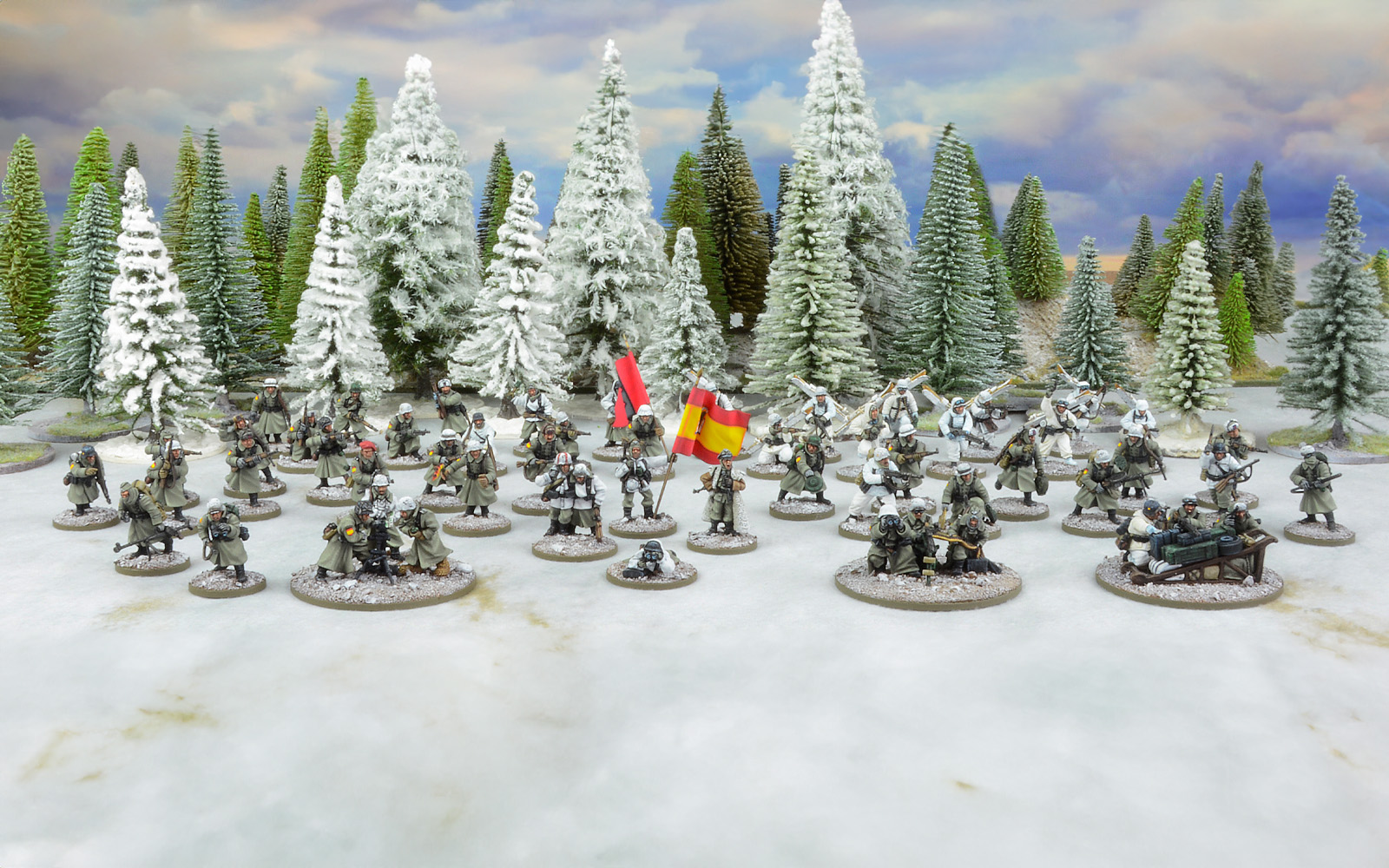




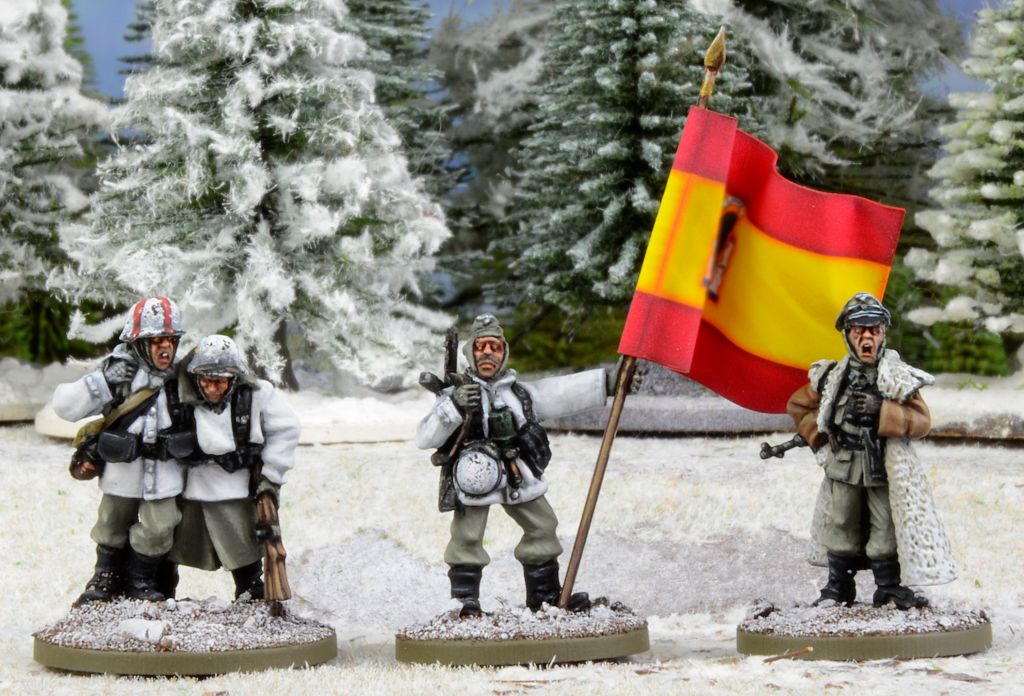

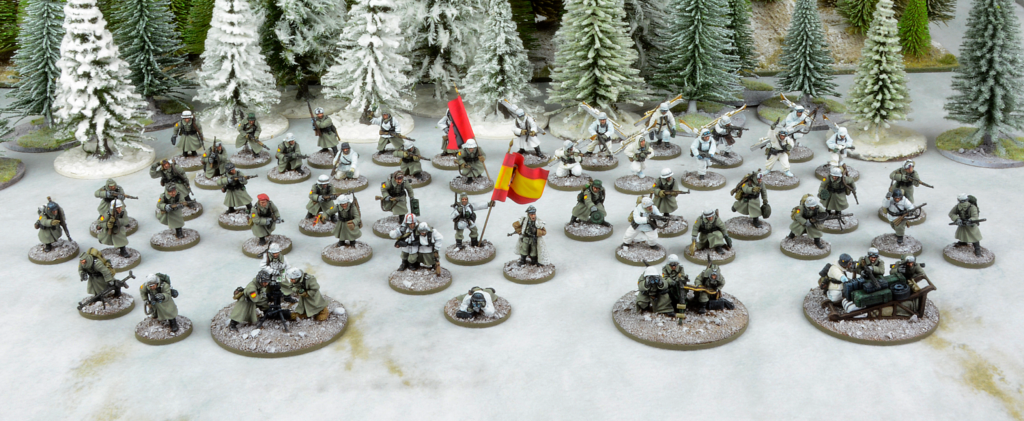
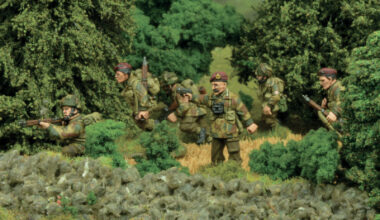
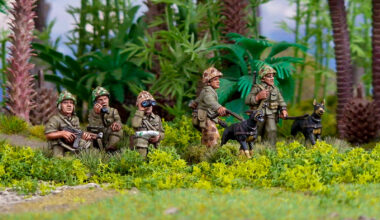
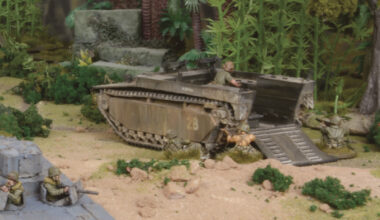
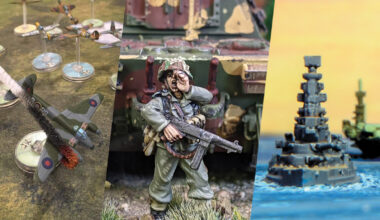
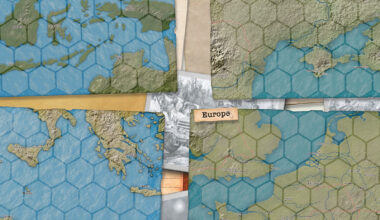
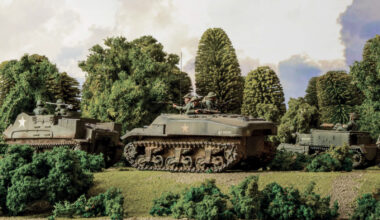
3 comments
Don’t forget the SMG company that each regiment had….
Veteran Spanish with all SMG squads… how cool would they be. 🙂
These are stunning and a lot of thought has gone into the units and boy does it show. What a great way to start the day. I applaud you.
Amazon work, love the tones
Comments are closed.